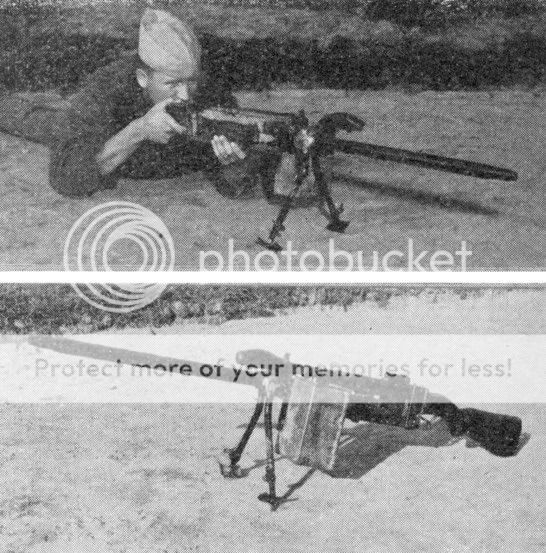Rather funny, how the military unceremoniously dumped the M60 due to jamming every 800 or so rounds, but kept the POS jammamatic 16 which had and has a higher failure rate.
I don't know what your personal experience with the M60 was, but I suspect it's not much.
I used the M60 from the time I enlisted in the Army in 1974 until it was replaced by the M240. It was a very poor design, a bastardization of what someone considered the best features of several different machine guns.
The gas system would disassemble itself from the vibration of firing and the fix was to safety wire it together. This made it impossible for the operator to mainain in the field as only the armorer had the safety wire pliers to wire it back together once it was disassembled. The gas piston was easily inserted backwards and if that happened you had a bolt action machine gun because it would not cycle. And of course the gas system was wired together so you had to cut the wires, reassemble the gas system correctly then get the armorer to wire it back together.....
The trigger group was inside the pistol grip that was held onto the receiver by a flat spring that fit onto two pins through the receiver. If you put the spring on upside down it was easily knocked off, then one pin would fall out of the receiver, the pistol grip containing the trigger group would fall off, get lost leaving you with an inoperable machine gun.
The flat spot on the operating rod where it engaged the sear was soft and would wear causing a runaway gun that wouldn't stop firing unless you opened the feed tray cover, broke the belt or ran out of ammunition.
The bipods were fragile and easily broken.
Towards the end of their service life the Army actually started replacing the receivers as they stretched from metal fatigue and holes didn't line up any longer.
The M60 came into the system in the late 1950s and served until sometime in the 2000s before they were all replaced. It's not fair to say they were "unceremoniously dumped" when the Army stuck with a poor design and terrible performance for over 40 years.



